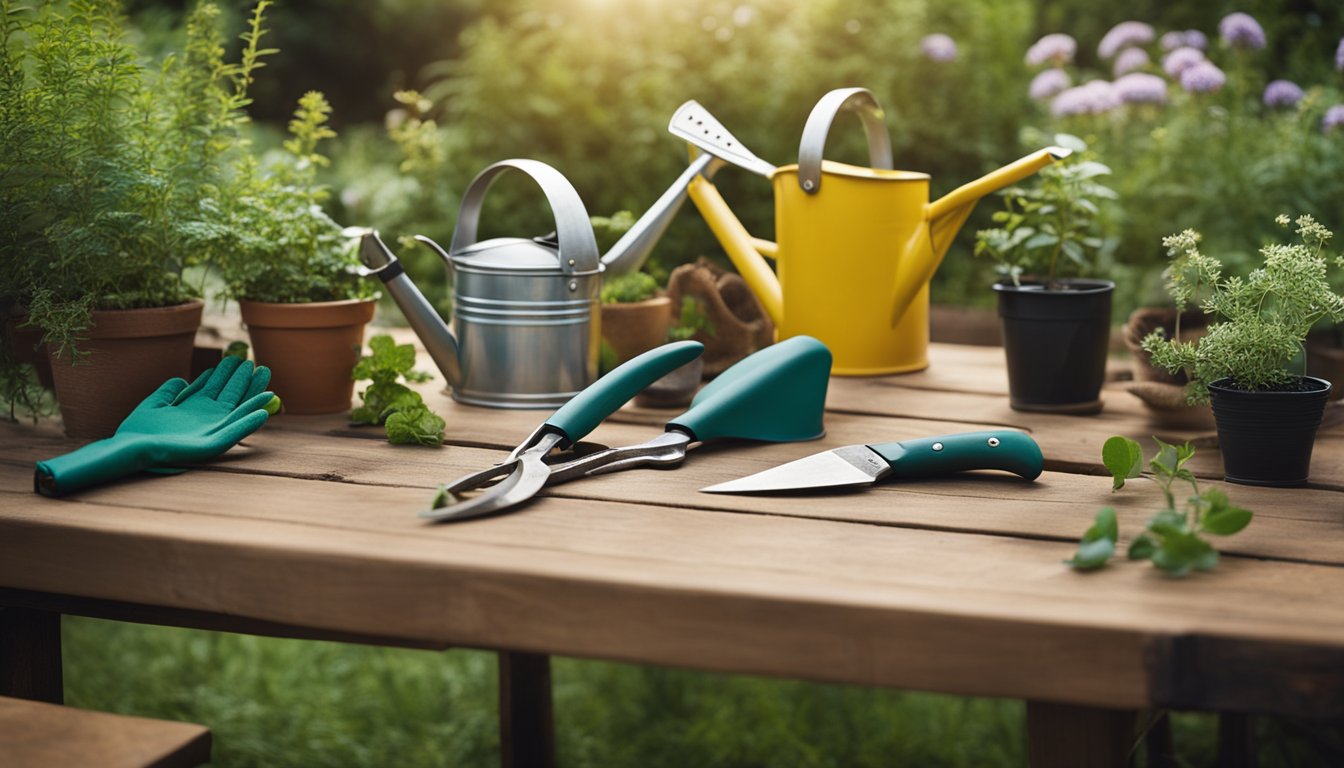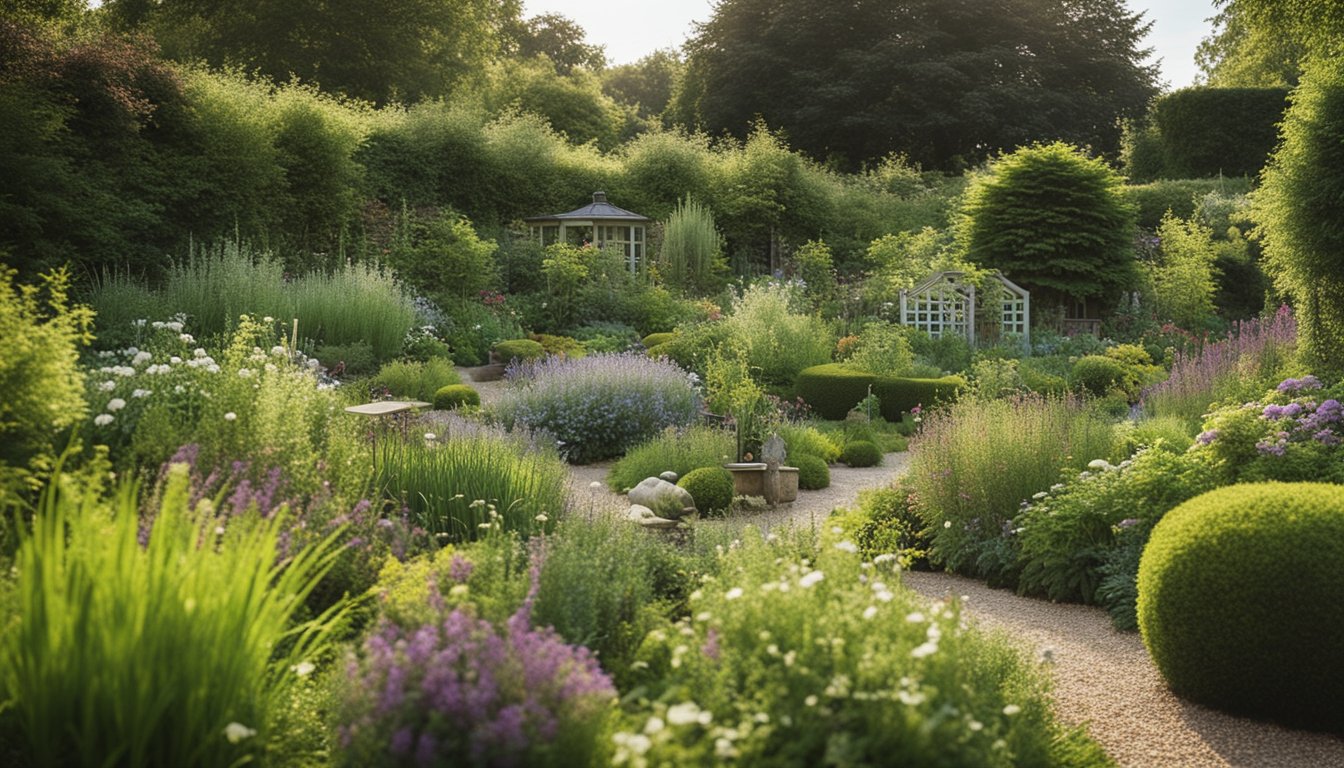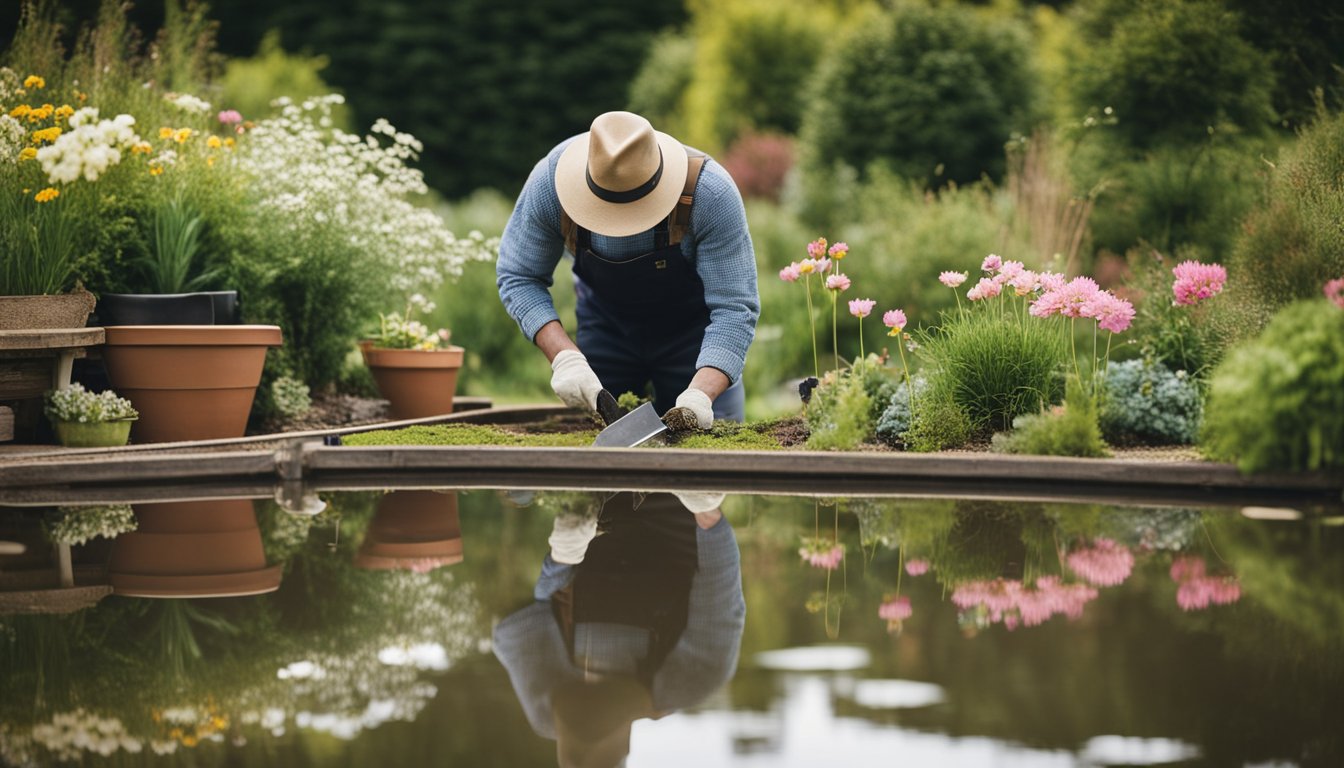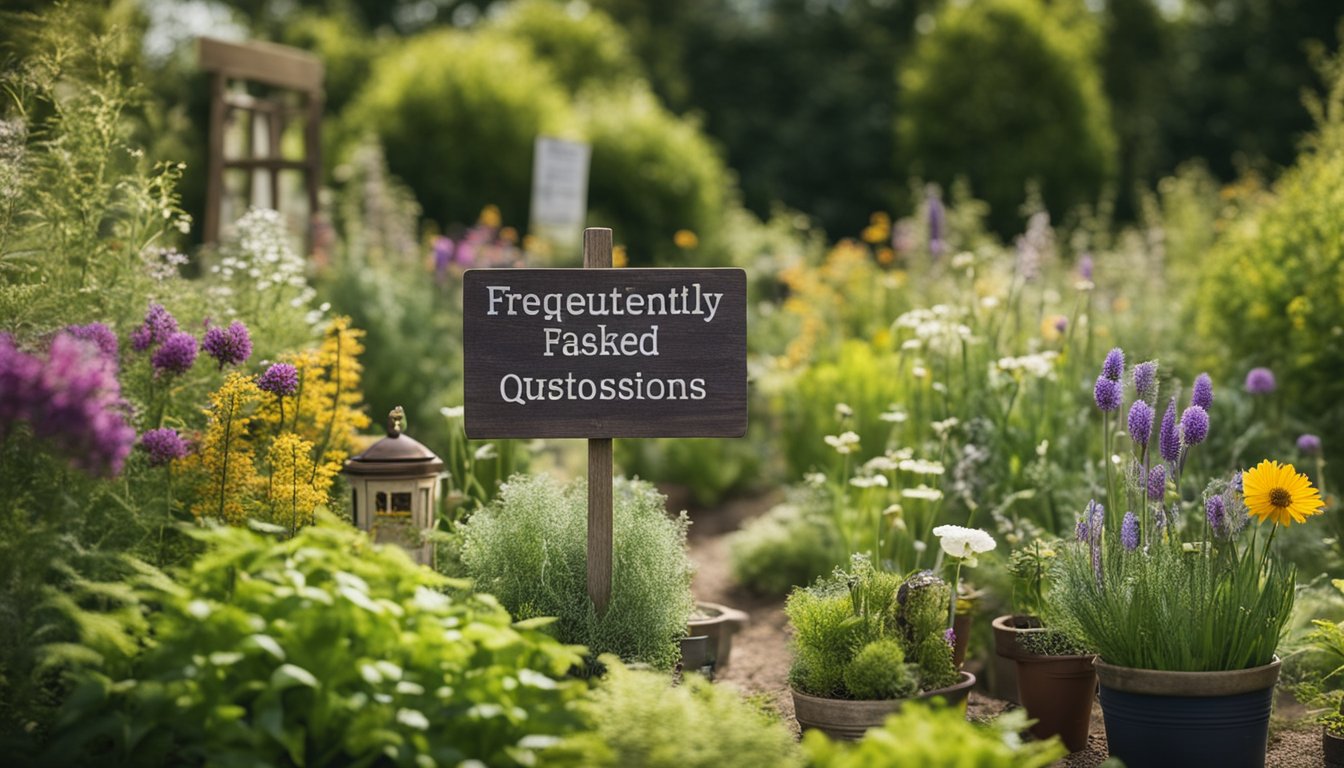Late updated: 05 Nov 2024 09:11
Written by: Emily Thornton
Best Tools For Caring For A Native UK Plant Garden: Essential Equipment for Enthusiasts
Caring for a native UK plant garden is both a rewarding and environmentally-friendly endeavour. The key to success lies in using the right tools tailored for gardening within the diverse habitats of native plants. Selecting appropriate tools for soil preparation, planting, and maintenance can greatly optimise the health and longevity of your garden.

Using tools specifically designed for native plants supports both garden maintenance and local biodiversity. For instance, pruners and shears are essential for managing hedges and shrubs, while a good secateurs is invaluable for smaller tasks. Additionally, when considering plant choices, we aim to use shovels and digging tools that respect delicate root systems and promote sustainable practices.
Incorporating these tools not only simplifies the process of gardening but also plays a part in supporting local wildlife. As native plants naturally provide food and shelter, our role is to maintain this balance by using equipment that enhances garden health without disrupting the ecosystem.
Key Takeaways
- Select tools right for native plant care.
- Use proper tools supports wildlife.
- Correct tools simplify maintenance tasks.
Selecting Native Plants and Their Habitats

Understanding native plants and their suitable habitats is crucial in creating a thriving UK garden. We focus on matching plant selections with underlying soil types and specific environmental conditions to support biodiverse ecosystems.
Underlying Soil Types and Conditions
A variety of soil types exist in the UK, from well-drained sandy soils to dense clay. Each type offers distinct advantages and limitations for growing native plants. Well-drained soils are ideal for species like silver birch, which thrive without excessive moisture. Conversely, wood anemones prefer damp soils rich in organic matter. Testing soil pH and texture greatly assists in determining appropriate plant choices.
Organic matter is vital for improving soil structure, supporting water retention, and providing nutrients. As soil health directly influences plant growth, it is recommended to amend based on specific plant needs. Raised beds may be useful in areas with poor drainage or heavy clay. These adjustments ensure that native plants establish strong root systems and thrive in our gardens.
Sustainable Plant Selection
Sustainable plant selection involves choosing species that enhance biodiversity while requiring minimal intervention. Native wildflowers like the primrose and wild cherry support local pollinators such as bees and butterflies. These plants are critical to maintaining ecological balance and attracting pollinating insects essential for garden health.
Native shrubs and trees should be selected based on their compatibility with local conditions. Options like the crab apple provide excellent habitat and food sources for various wildlife species. When planting, we must consider growth rate and mature size to ensure each species has adequate space and resources. This approach reduces competition and promotes a self-sustaining garden environment.
Specific Flora and Their Growth Requirements
Each plant species has unique growth requirements that must be considered. Wildflowers particularly benefit from sunny, open environments but can also adapt to semi-shade conditions with the right species mix. For instance, wildflower meadows thrive in open spaces with well-drained soil but need periodic management to prevent domination by aggressive species.
We should prioritise species like the silver birch, which succeed in well-drained conditions and offer habitats for native fauna. Conversely, the damp-loving wood anemone requires shadier, moisture-retentive areas. By addressing these specific needs, we can foster diverse flora and achieve a balanced and thriving native plant garden.
Garden Maintenance and Supporting Wildlife

In maintaining a native UK plant garden, it’s essential to employ effective cultivation techniques while also fostering a supportive environment for wildlife. The use of strategic gardening methods not only enhances plant resilience but also invites a diverse array of pollinators and other creatures, promoting biodiversity alike.
Cultivation Techniques for Resilience
To ensure a hardy garden, pruning and trimming of shrubs and hedges are critical. By cutting plants above a growth point, they tend to bush out, offering more robust growth. Watering is crucial, particularly during dry spells, to maintain plant health. Implementing bark mulch can help retain moisture and reduce weed growth. Planting in zig-zag patterns provides adequate space for growth and access to sunlight, which is vital for the health and resilience of native species.
Promoting a Thriving Ecosystem
A thriving garden attracts and supports various species, from bees and butterflies to local birds. Our approach focuses on planting wildflowers and perennial meadows, which serve as a rich nectar source for pollinators. Integrating a mix of native trees and shrubs provides essential shelter and food. Careful choice of plants, considering flowering periods, ensures a continuous supply of nectar throughout the seasons, supporting the survival of garden wildlife.
Garden Features for Fauna and Flora
Features like wildflower meadows and native hedges are vital for promoting both flora and fauna diversity. Tree planting can add vertical layers to your garden, providing habitats for birds and other animals. Consider establishing wildflower patches by sowing native wildflower seeds, which require minimal maintenance yet significantly boost biodiversity. Adding ponds or water features also attracts a broader array of animals, from amphibians to insects, further enriching the garden's ecosystem.
Frequently Asked Questions

When caring for a native UK plant garden, selecting the right tools, organising the garden layout, and understanding soil conditions are vital. Additionally, using specialised tools and following best practices for sustainability can significantly enhance garden health.
Which essential tools are needed for maintaining a native UK plant garden?
Basic hand tools like trowels, pruners, and spades are indispensable for planting and pruning. We recommend investing in a robust watering can and a sturdy wheelbarrow to make garden maintenance more efficient. Consider specialised tools for specific tasks, such as hedge trimmers for neat edges.
How should one organise a native UK garden to promote plant health?
Organise your garden by grouping plants with similar water and sunlight needs together. This method simplifies care and makes it easier to maintain plant health. Staggered planting can improve air circulation, reducing disease risks while promoting growth.
What are the top considerations when selecting soil for UK native gardens?
Soil type plays a crucial role in plant health. Chalky, loamy, or peaty soils are common in the UK. It’s essential to match plants to the appropriate soil type or amend the soil conditions by adding organic matter to improve drainage and nutrient availability.
What are the advantages of using specialised tools for native plant care?
Specialised tools provide precision and efficiency, which can save time and reduce effort. Tools designed for specific tasks, such as bulb planters or hoe cultivators, make planting and maintenance easier. These tools are particularly beneficial in managing larger garden areas.
How can one effectively manage wild gardens in the UK climate?
Regular monitoring and timely intervention are key strategies. Keeping on top of weed growth and pest control helps manage the garden’s wild nature. The UK climate can be unpredictable, so flexible planning and using native plants adapted to local conditions safeguard against environmental challenges.
What are the best practices for ensuring the sustainability of a native UK garden?
To promote sustainability, we should focus on using native plants that support local wildlife and require less water and maintenance. Incorporating composting practices to recycle organic waste and using mulch to retain soil moisture are effective strategies. Sustainability is further enhanced by reducing chemical fertilisers and opting for natural alternatives.
